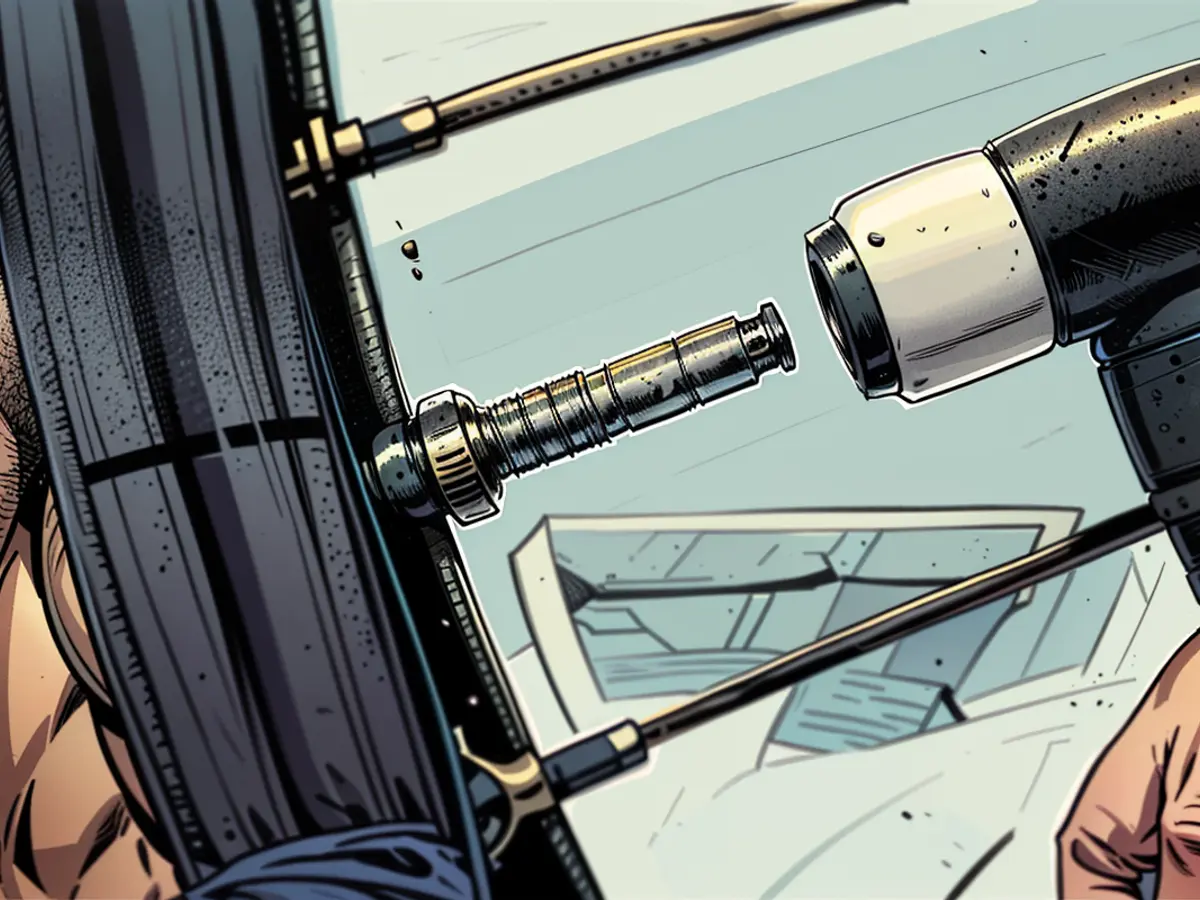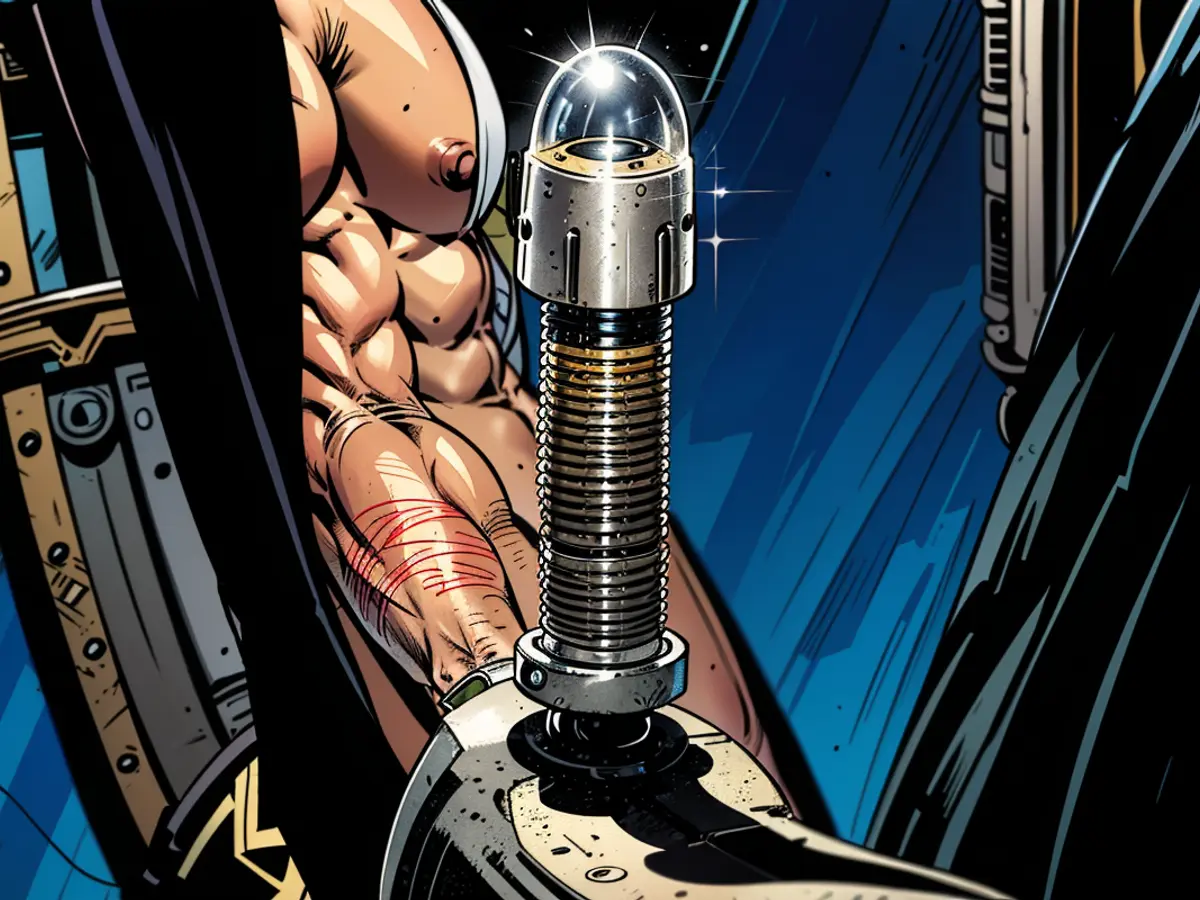The functional mechanics of bicycle valves are intriguing.
Bicycle tire valves may seem straightforward, but they come in various shapes and sizes. These valves are essential for inflating bicycle tires, which are mostly filled with air. They let air in and keep it from leaking out. Typically, there's a valve stem connected to either the inner tube or the rim of the tire for tubeless models. This stem features an outer thread, enabling the inner tube to attach to the rim and the valve to fit inside the stem.
In the bicycle world, three primary valve types have gained popularity: the Dunlop, Schrader, and slim French valves (also known as Presta valves). All of them have an internal mechanism that regulates air inflow and outflow. Inflating the inner tube or tire usually requires connecting a pump to the valve.
Schrader valve - compatible with car valves
The Schrader valve, resembling the one used in car tires, has a small pin through which air enters. To inflate, press down on the pin, opening the valve and allowing air to flow into the inner tube. When the pressure on the pump pin decreases, the valve closes, keeping the air contained within the inner tube. Pressing the inner valve pin can also permit air release if required.
In contrast, the Presta valve uses a nut to secure its central valve pin. Before opening, this nut must be loosened. Once connected to the pump, air can be forced through the valve into the inner tube. After removing the pump, the nut is tightened, closing the valve and retaining the air within the tire. Both Schrader and Presta valves prevent air from escaping when not actively opened. Similar to Schrader valves, Presta valves can be opened by pressing down on the valve pin after loosening the nut, permitting air release from the inner tube or tire.
Dunlop valve - most common
Commonly known as the Dunlop valve or Blitz valve, it's distinct in structure. Unlike other valves, it doesn't feature an external mechanism to open. Instead, the pump head is simply placed over the valve opening, and air is forced into the valve. Above the valve's lower end with small openings, a tight-fitting rubber sleeve expands outward due to the inflowing air pressure, enabling pump air to enter the inner tube.
Once inflated, the rubber sleeve compresses tightly around the openings, preventing air leakage out of the inner tube. Therefore, releasing air by pressing down on the pin is not an option. To let air out, the entire Dunlop valve must be detached from the valve stem or entirely unscrewed from it.
New valve on the horizon
Schwalbe, a German bicycle tire manufacturer, aims to introduce a novel valve type: the Clik Valve. Unique features include a pump head specially designed for the valve, which connects securely to the valve opening with an audible click, ensuring a tight seal. Inside the Clik Valve, a spring prevents air from escaping the inflated tube. When the matching Clik-Valve head is placed over the valve, the spring is compressed, and the air channel within the valve is opened. The Clik Valve is expected to hit the market by the end of 2024.
The 'The technical' aspects of the Schrader valve allow it to be easily identified by its resemblance to car valves. This type of valve uses a small pin for air entry, requiring pressure on the pin to inflate and release air as needed.
When discussing new developments in the bicycle tire world, the 'The technical' details of Schwalbe's upcoming Clik Valve include a specially designed pump head for a secure connection and an internal spring to prevent air escapes.









